
Keeping up with your auto’s maintenance helps you get the most out of your investment. Reliable transportation is necessary, and keeping up on car maintenance will make sure that your auto will get you where you need to go. Performing the required car maintenance at the proper time has both short and long-term benefits. Let’s explore proper car maintenance a bit further.
Why Maintain Your Car?
Almost everyone knows that getting your car’s oil changed regularly is essential for keeping your engine running smoothly, but other components also need regular attention. Here are some of the most important reasons why car maintenance should be at the top of your list of things to do.
-
Higher safety level.
Keeping up with car maintenance could go a long way in keeping you out of an accident. Things such as brake failures, windshield wiper failures, and a stalled engine can cause an accident and potentially risk your life or the lives of others. This is one of the biggest reasons to keep up with car maintenance. In addition, getting stuck along the side of the road can be dangerous, too.
When you regularly inspect your vehicle and take it into a maintenance service professional, it is often possible to spot problems before they become a disaster. Also, sometimes a repair bill for a little bit of preventative car maintenance might seem like something you can put off in the budget, but getting it repaired gives you confidence about the condition of your auto and its safety.
-
Lower roadside emergencies.
Although there are some exceptions, most roadside emergencies can be prevented before they occur. Sometimes, there is an unforeseen, catastrophic failure of a part, but for the most part, these imminent failures give you a warning long before they occur. When you perform your car maintenance the service technician can often spot gaskets or belts that are worn. They can make sure that everything is good and tight, or as it should be for proper function.
Related post: Best Roadside Emergency Kits
If something is bad or worn out, you have the opportunity to get it fixed before it fails and leaves you stranded. Having a sudden breakdown on the road is not only inconvenient, and it can be dangerous. It is best to do everything that you can to avoid this situation as much as possible. Car maintenance is the first step.
-
Facilitates a clean environment.
If you are a person who owns a hybrid, then you are probably concerned about lowering your contribution to pollution and environmental damage. Even if your auto is not a hybrid or electric, there are still some things that you can do to lower your environmental impact. One of them is keeping up your vehicle maintenance.
Keeping up with car maintenance means that it will not be as likely to leak fluids such as transmission fluid, brake fluid, or oil onto the ground. These fluids eventually seep into the soil and make their way into waterways. Those few drops under your auto might not look like much, but they add up over time. They can make it into stormwater sewers and into the local rivers and lakes. Some of these might be the aquifers that supply your own drinking water. Also, keeping your auto running efficiently so that it does not burn oil and making sure that your exhaust is working properly will help to reduce air pollution due to fumes.
-
Less expensive repair costs.
One of the biggest motivators for keeping up with maintenance is that it can help you to avoid big repair bills later. An oil change is much less expensive than an engine change. If you do not keep your auto serviced properly, parts tend to wear out more quickly. When they do break, it can be catastrophic and cause damage to other parts that are nearby. The car maintenance service technician can often spot problems before they become big repair bills. Taking care of them before they become problematic is an important part of keeping your auto in good working order and avoiding big repair bills. If you do not take care of the small problem during regular maintenance visits, it will eventually become a big one.
-
Improves car performance and extends the life.
Even though it can seem like car maintenance and service costs are a continual hassle and expense, if you do not keep up with needed maintenance, it could be costing in ways that you might not think of at first. One of these ways is in fuel efficiency.
Often one of the first signs of trouble that your auto is not in tip-top shape is a drop in fuel efficiency. Simple things like a clogged air filter, loose belt, or leaky gasket can cause a serious drop in fuel efficiency. Changing your spark plugs on a regular basis is another example of car maintenance that can help your fuel mileage. A loud muffler is more than an annoyance, and it can mean that the pressure in the system is not correct, which can cost you more at the pump. These are only a few of the things that can cause you to get worse gas mileage, and they are all inexpensive to fix. If you have more than one of these problems, it adds up quickly. The fuel-efficiency ratings on new cars are only for those that have been properly maintained.
-
Increased vehicle resale price.
If you are a person who trades in your vehicle on a regular basis, then keeping up with maintenance can help increase the resale value. Of course, if it the auto needs major repairs or is behind on maintenance, you already know that the resale value will be lower. However, there is another reason, too.
Whenever you have your auto taken in for regular car maintenance, the mechanic must keep records and enter them into databases, such as CarFax and other vehicle service histories. An auto with a long history of service records for scheduled oil changes and preventive maintenance will have a higher resale value than one with no records. If someone wants to buy a used car, and they see no maintenance records, then they will wonder what is about to break. They will be more willing to pay more for an auto that has been properly maintained.
-
Risks of voiding warranty.
In some cases, failure to keep up with car maintenance can void your warranty. Cars are not meant to run forever without any maintenance. Some parts have a known lifespan and will wear out on a regular basis. Not following the recommended service schedule can void your warranty. For instance, most new and newer used vehicles come with a powertrain warranty. However, if you do not change the oil and it damages the engine, you can almost be certain that the warranty will not cover it.
If a major part breaks and you try to initiate a powertrain warranty claim, they will ask for official service records before they will agree to pay. They will pay for faulty parts, but they will not pay for owner neglect. That brings up another point, if you are tempted to do things like changing your own oil on an auto that is still under warranty, you might think twice. First off, it will be your word against theirs that the maintenance was done and that it was done properly.
Official records from a qualified, certified maintenance technician might be required for them to cover a warranty claim. Do not expect them to take your word for it without proof. In addition, they can tell if you actually did the car maintenance or not. This is another reason why taking your car in for regular service is essential.
Know Your Owner’s Manual
Now that you know the importance of keeping up with car maintenance and taking it in for regular service, the next question that you might be wondering is what maintenance needs to be done and when. For this, the best source of information is your Owner’s Manual.
Unfortunately, many auto owners never even read their Owner’s Manual, and this can be a big mistake. The Owner’s Manual will tell you what needs maintenance and when. It will also tell you the proper types of fluids that your auto needs. Using the wrong type of fluid in your auto can damage it and cause parts to fail. It also provides information on how to do some of the car maintenance and inspections.
Whether you by a new or used vehicle, it should come with an Owner’s Manual. If the seller does not hand the manual to you, check in the glove box or in the compartments on the inside of the door. If your auto did not come with an Owner’s Manual, then you can contact the dealership, contact the manufacturer themselves, and some of them are available online. The most important thing is to make sure that you have a manual and read it first thing when you get your new car.
Know Your Warning Lights
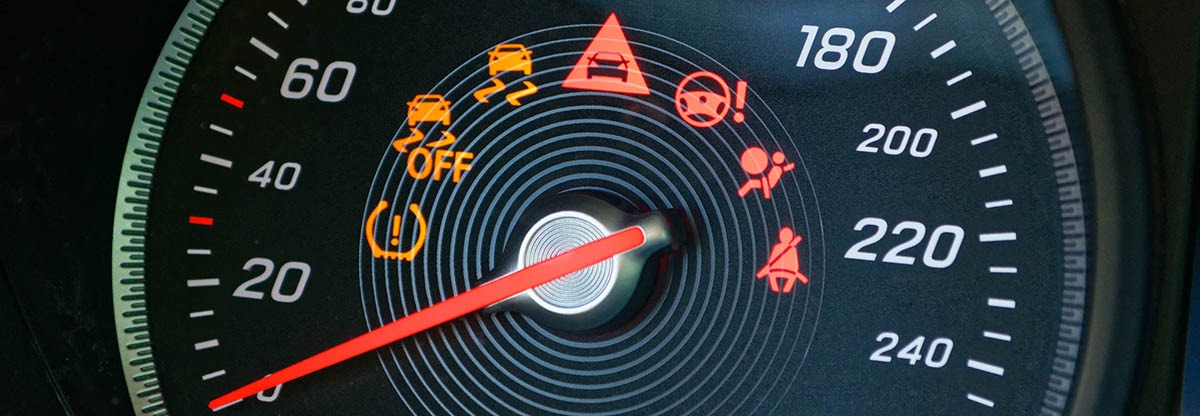
Modern vehicles come with an array of sensors and systems to let you know that something is wrong with your auto and needs maintenance. Hopefully, it will let you know before anything catastrophic happens so that you can attend to it immediately. If the auto has something wrong, one of the symbols on your dashboard might light up to tell you that something needs maintenance.
If a warning light comes on, do not want to ignore it. It is best to seek help with maintenance as soon as possible. Driving with a warning light on can be dangerous and lead to extensive damage to your vehicle. So, if one of the symbols on your dashboard lights up, what should you do about it?
One handy tool to have on hand is an OBD2 scanner. This is a device that can hook into your car and read the code that caused the maintenance light to illuminate. This will tell you where the problem is and what needs maintenance. That lets you assess whether it is safe to drive the car and get it fixed as quickly as possible, or if the car should not be driven at all and it is time to call the tow truck. It taps into your car’s diagnostic system and lets you know which sensors are going off and why in most cases.
An OBD2 scanner can run anywhere from under $50 to a couple of hundred dollars. If you do not know how to use one, or you are not confident, some major car service chains will read your codes for you for free, provided that you can get your car to them. You can get one that is as simple or complex as you prefer.
Aside from having an OBD2 scanner on hand, you should also be familiar with the different symbols on your dashboard. Here are the 15 most common maintenance symbols that you will find. Some cars have more than these, and some have less. Once again, your best source of information is your Owner’s Manual. You should at least be familiar with the following warning lights of every car.
-
Oil Pressure Light.
This maintenance code looks like an image of an antique oil can with a drip. If this light comes on, it means that your oil pressure is low. It can mean that you are low on oil, or that you have a problem with your oil pump. This means that your engine is not being properly lubricated, and it can cause engine damage if you do not get it repaired quickly. -
TPMS Light.
This maintenance code is a tire pressure warning light that tells you that your tire pressure is low. It looks like a yellow set of horns with an exclamation point in the middle. Driving on tires that are too high or too low can be unsafe and can do further damage to your car. -
Engine Temperature.
This maintenance code is a red symbol looks like a red old fashioned thermometer with the bottom in water. This is a serious light, and you should not continue to drive your car if this one goes off. It means that your engine has overheated, and you can damage it by driving any further. It can be connected to the thermostat, mean that you are low on antifreeze, or can be connected to an oil issue. Whenever this light goes off, the car needs attention quickly. -
Traction Control Light.
This red maintenance code looks like an car with curvy skidding lines behind it. This means that your vehicle’s traction control system has been activated and is sending power to the slipping wheel to keep you steady on wet, snow-covered, and icy roads. -
Anti-Lock Brake Warning Light.
This maintenance code is an orange circle with the letters ABS inside. It will also have two partial lines outside of the main circle. This means that something is wrong with your antilock brake system. This means that it will not keep you stable in inclement weather or on hazardous road conditions. -
Check Engine Light.
This maintenance code is a yellow symbol that looks like a miniature version of your engine. If this comes on, it can mean serious business, or it can mean something minor, but it is not one to take a chance on when it lights up. It can mean anything from low oil pressure and overheating to you left your gas cap open. Regardless, if this one comes on, it is best to pull over immediately to find out what the problem is before continuing. -
Battery Warning.
This maintenance code is a red warning that looks like a rectangle with two knobs on top. It has a + and – sign inside of the rectangle. This means that your battery is not charging properly. There are many components that can cause this problem. You might be able to get a few miles to the next gas station, but your engine will quit altogether in a very short time. It can mean anything from the battery itself, discharged battery, a bad battery cable, a corroded battery terminal, or a broken alternator belt. You also might see signs like your headlights are dim or that your clock is fading. -
Low Fuel.
This light on the dashboard is an orange symbol that looks like a gas pump. It means that you need to fill up soon, or you will be stranded. Don’t be tempted to chance it. All it takes is a bit of bad weather or stalled traffic, and you will be stuck. -
Automatic Shift Lock.
This maintenance code is a green symbol that looks like a shoe in a circle with a partial circle around it. You might not see this one in older cars. It means that you tried to start your engine or put your car in gear without your foot on the brake. The engine will carmatically lock if you do. The solution to this one is simple. Put your foot on the brake and try yoru car again. -
Seat Belt Alert.
This red light looks like a seated person with a seatbelt on. You have probably seen this one more than once on your car, accompanied by its familiar ding-ding sound. According to the CDC, seat belts cut your risk of serious injury by about 50 percent in a crash, as opposed to failing to wear one. So, when you hear this signal, buckle up. -
Airbag Indicator.
This is an orange symbol that looks like a person seated and viewed from the side. There is a big orange circle on their lap. This indicator means that your airbags might not work properly and protect you in a crash. It is time to take the car in and have the car looked at by a professional. -
Security Warning Light.
This orange light like a car partially obscured by an open padlock with a keyhole. It means that your car’s anti-theft mechanism might not be working properly. -
Fog Lamp Indicator.
This yellow symbol looks like a car headlight with slanted lines coming from it that look like light beams. This is just a friendly reminder to let you know that your fog lamps are on. You should never use your fog lamps unless visibility is less than about 30 feet, as they can impair the vision of other drivers. -
Washer Fluid Light.
This is an orange symbol that looks like a windshield wiper with a double-ended shepherd’s hook shooting over the top. This light means that your car is low on windshield wiper fluid, and you need to fill it up the next time that you stop.
Keep in mind that every time you start your car, the system does a check, and many of these lights might light up briefly and then go out again in a few seconds. If this happens, then you have nothing to worry about, and everything is working fine. You should only worry if the lights do not go out, or if they come on when you have not just started your car. If you are driving and one comes one, then it is best to pull over or get your car checked as soon as possible.
Things Every Car Needs
Now, you have a few of the basics of car maintenance. You know the importance of keeping your vehicle maintained and properly serviced. You know the importance of having and reading your Owner’s Manual. You also now have a clue as to what all of those lights on the dashboard mean. Next, it is time to get into the meat of this article and tackle the most common maintenance items that every vehicle needs.
These are the basics that apply to most vehicles, but your model’s needs might be slightly different. Be sure to read your Owner’s Manual and consider it to be the authority for you. Here are some things that you need to put on your calendar and do on a regular basis.
General Inspection and Tires
-
Regular visual car inspection.
This sounds easy, and it is. You need to assess the different parts and components of your vehicle. Check for signs of outer rust or scratches so that you can get them taken care of before they turn into bigger areas of rust. Your Owner’s Manual should give you a list of what to look for during your inspection. This will also allow you to get to know your vehicle a little more. -
Check tire air and tread depth.
This is one of the most important safety tasks that you should do. You should at least do a visual check before getting into your vehicle every time. You should also have a manual tire pressure gauge handy. It is a good idea to keep it in the glove box or in a storage compartment so that you have it when you need it. It is worth it to get a good gage, not a cheap one so that you know that it is accurate.
You should also check your tread depth (a new tires needed if it is seriously less than normal) and air pressure at least once a month as part of regular maintenance. Make sure that your tires are inflated to the proper pressure. You also need to check your tires for cracks, steel belts that are showing, bulges, and general condition. Tires that are low on pressure or that have imperfections could cause a blowout. Your proper air pressure will be on a sticker on the driver’s door, or there should be a section in the manual that covers it. Even if your car has tire sensors, having a 12 V portable tire inflator and pressure gauge is a good idea for when you do maintenance.
-
Rotate tires and have alignment assessed.
It is a good idea to take your vehicle in about every 6,000 miles to have your tires rotated and balanced, or according to the schedule in your manual. The technician will usually check for alignment at this time, too. Tires wear at predictable rates. Failure to have them rotated can cause them to wear unevenly and need to be replaced much sooner than your manual recommends. This little bit of maintenance can save in the long run and help to prevent a dangerous condition. You should also wash your wheels and clean your brakes weekly so that brake dust can be removed. This will help to keep your brakes working properly, too.
See also: Best floor jacks to lift your car safely
Engine Maintenance
Keeping your tires and body in good condition are important maintenance items, but keeping your engine maintained according to the manual is the most important item on the list. Depending on your experience level, there are many things that you can do yourself, but if you are in doubt, then you should not hesitate to take your car to a professional. If you choose to service your engine yourself, you could consider having at least the following supplies on hand. Your manual might have other recommendations for maintenance, too.
- motor oil
- air filter
- oil filter
- spark plugs
- fuel injector cleaners
- catalytic converter cleaner
- octane boosters
- wire brushes
- carmotive funnels
- spark plug wrench
- parts, such as belts
- oil filter wrench (for some types of filters)
You will also need basic tools such as adjustable wrenches, vice grips, flathead screwdrivers, Phillips head screwdrivers, crescent wrenches, needle-nosed pliers, a socket set and some old rags. The following items apply mainly to gasoline engines and hybrids. Electric cars need a different set of maintenance items, but this is usually less than what is needed for gasoline engines. Here are the basic items that you need to do for maintenance. Once again, your manual is the best resource. Also, read this post to find general information according to car engines.
-
Check your belts. You will need to locate and check your alternator belt and your air compressor belts. Push on them to see how far they will go down. They should only be able to be compressed about a half an inch unless your manual has a different recommendation. Also, check the belts for cracks, tears, pieces missing from the sides, or worn edges. If you find them in anything less than ideal condition, it is time to replace them before they break. If you notice any squealing in your car, it is more than likely a problem with the belts. If your engine has a timing chain, you can read more about possible faults and maintenance specifics.
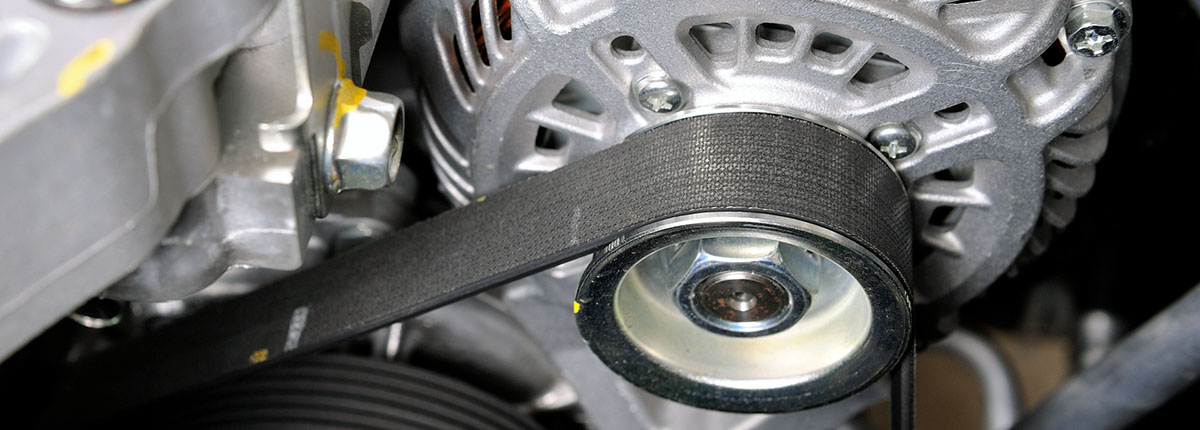
-
Check oil levels. You should know where your oil dipstick is located. It will have a cap on it that with a symbol that looks like an old oil can. Pull the dipstick out and wipe it with a clean rag. Insert it again until it “clicks.” Pull it straight out again in one motion. The oil should be in the x pattern at the end of the stick. If it is low, it will tell you how much to add. Make sure that the dipstick clicks into place when you replace it.
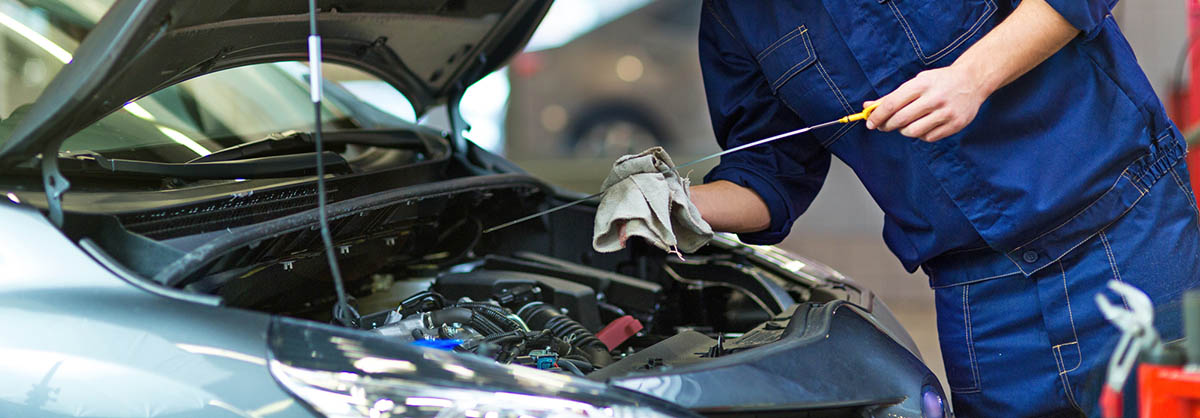
-
Check Coolant levels. You should check your coolant levels, too. Most will have an overflow container that will have a line where the coolant should reach when the engine is cool. You can also loosen the radiator cap to check, too. Never loosen the radiator cap when the engine is even slightly warm. You could get burned badly. Always wait until the engine is completely cool. Only fill the reservoir with the type of coolant recommended by your Owner’s Manual.
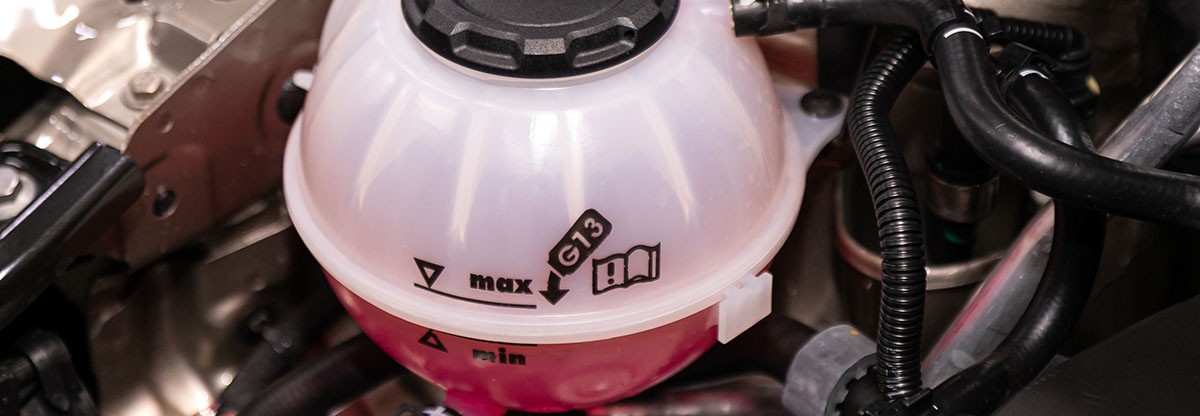
-
Keep fuel efficiency records. You should keep a notebook with fuel efficiency records every time you fill up. If the fuel mileage starts dropping, it could be a sign that something is wrong, and you need to perform some car maintenance.
-
Replace air filter. You should regularly replace your air filter as part of your car maintenance routine. First, make certain that you have the right type and size of air filter for your vehicle. Typically, you will see a cover that says, “Air Filter.” You loosen the screws or wing nuts, pop the old one out, put the new one in, and screw the cover back on. That is all there is to it.

-
Replace spark plugs. The process for removing spark plugs depends on the type of spark plug that you have. You might need a special tool, or they might simply unscrew. All you do is to remove the old ones and screw news ones in snugly. It is much like changing a light bulb.
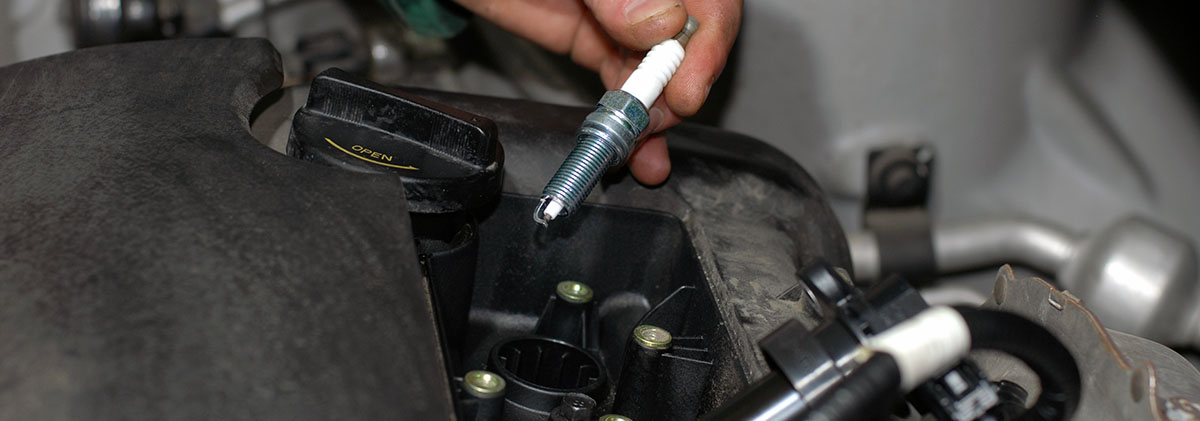
-
Check battery terminals. You should regularly inspect your battery terminals for corrosion. Heavy corrosion can cause your car not to start. If they are corroded, remove the battery cables from the terminals. Use a wire brush to clean off the corrosion until nothing but shiny metal remains. Replace the battery cables, and you are good to go. It is always a good idea to keep a set of jumper cables in your car just in case, and you should know how to use them.
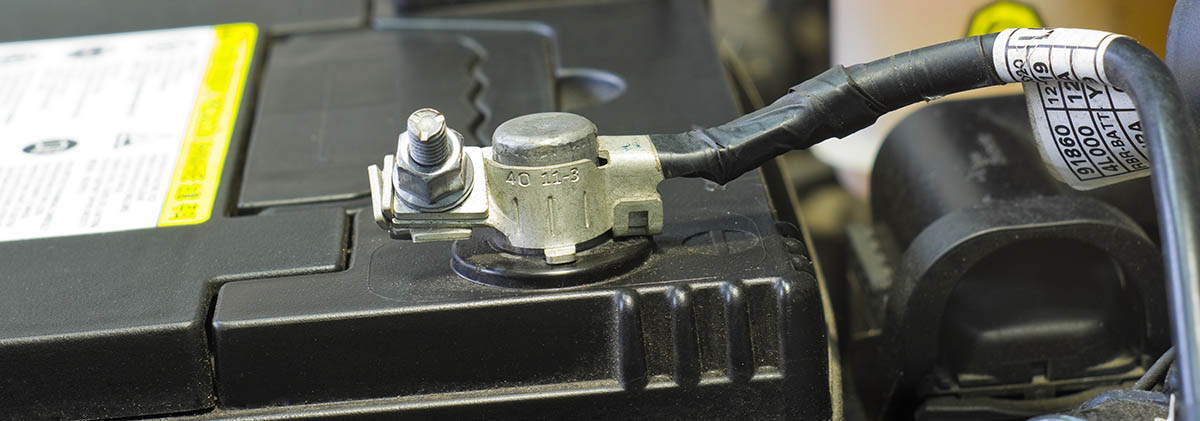
-
Check all fluid levels. Aside from checking your oil, you should always check the power steering fluid, brake fluid, and windshield wiper fluid. These can typically be seen in a clear plastic reservoir with a line to indicate proper levels. It is important not to overfill your fluids because they can expand when hot, and this can cause gaskets to fail. Always consult the Owner’s Manual if you have any questions.
Now, you know the basics of tire and engine maintenance, but there are a few more general items that you need to attend to on the list.
General Items
- Replace windshield wipers. You should regularly inspect and replace your windshield wiper blades. They do break down over time. All you do is slide the old ones off and slide the new ones on. If yours are leaving streaks or skip across the windshield, it is time to replace them.
- Check lightbulbs, turn signals, and brake lights. You should do a visual inspection to make sure that your headlights, turn signals, and brake lights are in good working order. Changing a lightbulb is relatively simple on most vehicles, but they are all different. Once again, how to do this should be in our owner’s manual.
- Replace cabin air filter. Don’t forget to replace your cabin air filter occasionally, too. This will help keep your air fresh.
Car Body Care
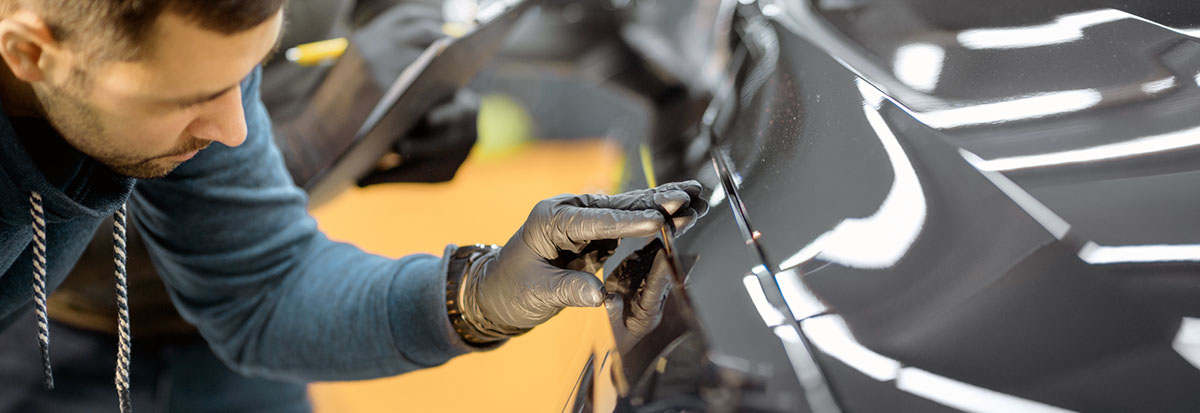
Washing your car and caring for your paint can help it last longer. It is also considered a part of car maintenance. Bird droppings, acid rain, and road salt can cause your paint to dull and wear over time. Eventually, this can lead to chips, cracks, and, eventually, rust. Proper body care can help to preserve the looks and life of your car. Here are a few of the items that you will need to do the job right. Once again, the manual might recommend certain products for your car maintenance routine.
- car wax
- microfiber towels
- buffing pads
- leather upholstery cleaner
- car wash shampoo
- detail sprays
- car paint sealants
- scratch removers
This might seem like a long list, but keeping up with car maintenance can have many benefits. Many of these items do not take long and are relatively simple, but they are important. If you do these steps, you can be sure that your car will have a long life and remain reliable when you need it.
Sources:
1. Tips That Will Extend the Life of Your Car – Reader’s Digest
2. Routine Vehicle Maintenance 101 – iDriveSafely.com
3. The Ultimate Car Maintenance Checklist – BridgestoneTire.com
You might also be interested in:


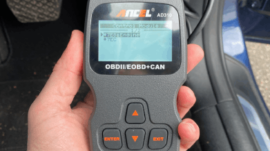
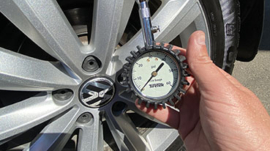
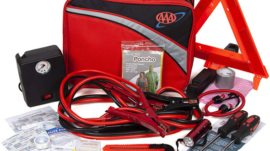
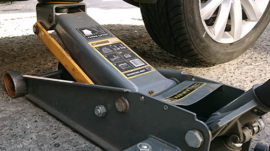
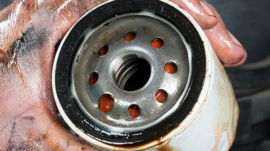
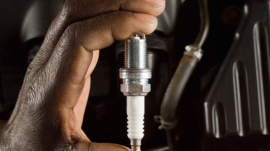
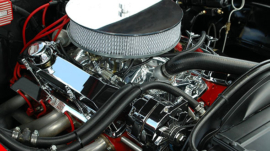
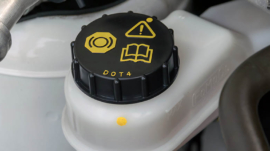
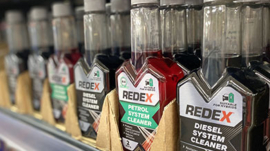
Leave A Comment